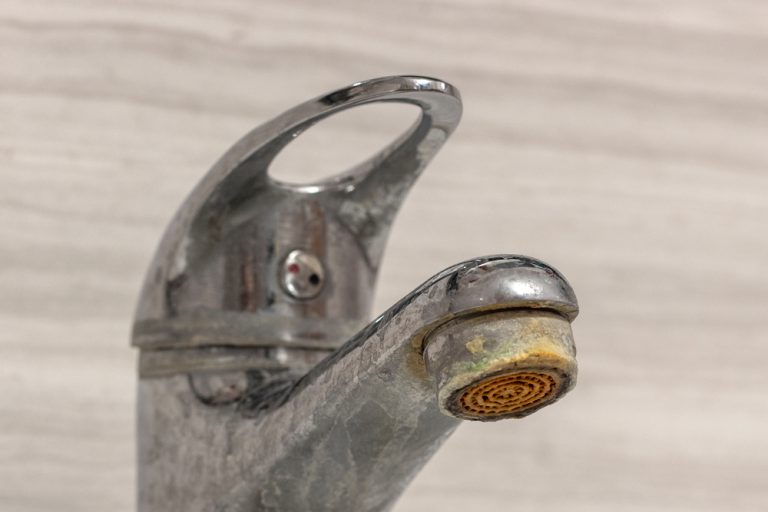ADVERTISEMENT
Is your once-shiny faucet now covered in a stubborn white crust? You’re not alone. Limescale buildup is a common issue that plagues many households, affecting not only the appearance of faucets but also the efficiency of your water flow. Imagine turning on your tap, only to be greeted by a trickle instead of a steady stream. Frustrating, right? This blog post will guide you through easy and effective ways to remove limescale from faucets, helping you restore their shine and functionality. Let’s dive in and say goodbye to those pesky white deposits!
What is Limescale?
Limescale is a chalky, white deposit that accumulates on surfaces that come into frequent contact with hard water. Hard water contains high levels of calcium and magnesium, which precipitate out and form limescale. These deposits are particularly common in areas where the water supply is rich in minerals.
Causes
Limescale forms when hard water evaporates, leaving behind calcium carbonate and magnesium carbonate. Over time, these minerals accumulate, creating the stubborn crust we know as limescale. Factors contributing to limescale buildup include:
- High mineral content in the water supply
- Frequent use of hot water, which accelerates evaporation
- Poor maintenance and cleaning habits
Impact
Limescale can have several negative effects, including:
- Reduced Water Flow: Limescale can clog faucet aerators and reduce water flow.
- Damage to Appliances: It can shorten the lifespan of appliances like dishwashers and washing machines.
- Increased Energy Consumption: Limescale buildup in heating elements can make them less efficient, increasing energy usage.
- Aesthetic Issues: It detracts from the appearance of your faucets and other fixtures.
Common Signs of Limescale Buildup
Visual Indicators
Limescale is typically white or off-white and can have a chalky texture. It often forms around the base of faucets, on aerators, and inside kettle spouts. You might also notice it on showerheads and in your toilet bowl.
Performance Issues
Limescale doesn’t just look bad; it also affects performance. Common signs include:
- Reduced Water Pressure: Limescale clogs faucet aerators, leading to decreased water flow.
- Inefficient Heating: Appliances that heat water, such as kettles and water heaters, take longer to reach the desired temperature.
- Faucet Drips: Limescale can cause faucets to drip or fail to shut off completely.
DIY Methods to Remove Limescale
Using Vinegar
Vinegar is a natural and effective way to dissolve limescale. Here’s how you can use it:
Step-by-Step Guide
- Gather Materials: White vinegar, a plastic bag, a rubber band, a cloth, and an old toothbrush.
- Prepare the Vinegar Solution: Fill the plastic bag with enough vinegar to submerge the faucet’s affected areas.
To continue reading, scroll down and click Next 👇👇
ADVERTISEMENT
